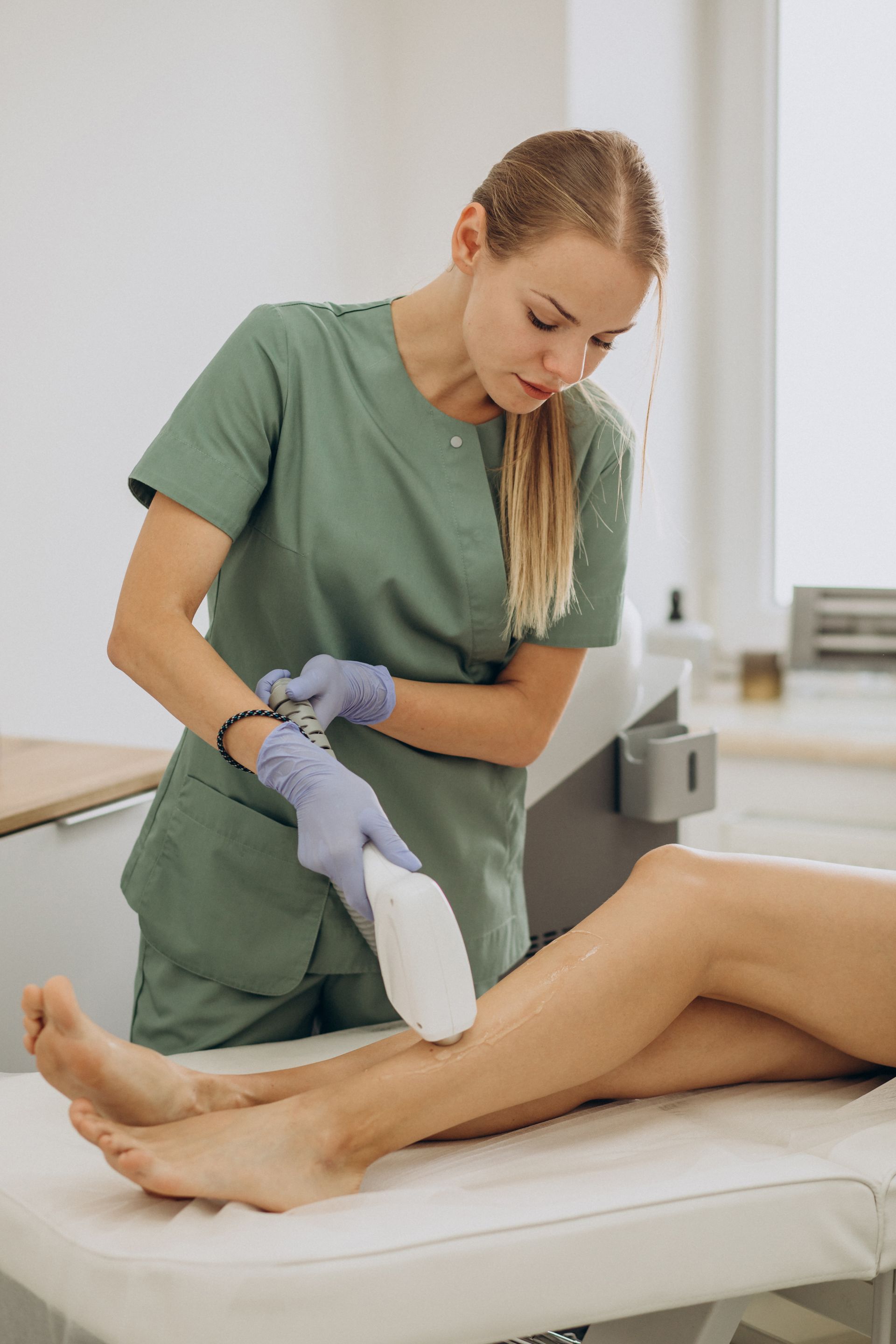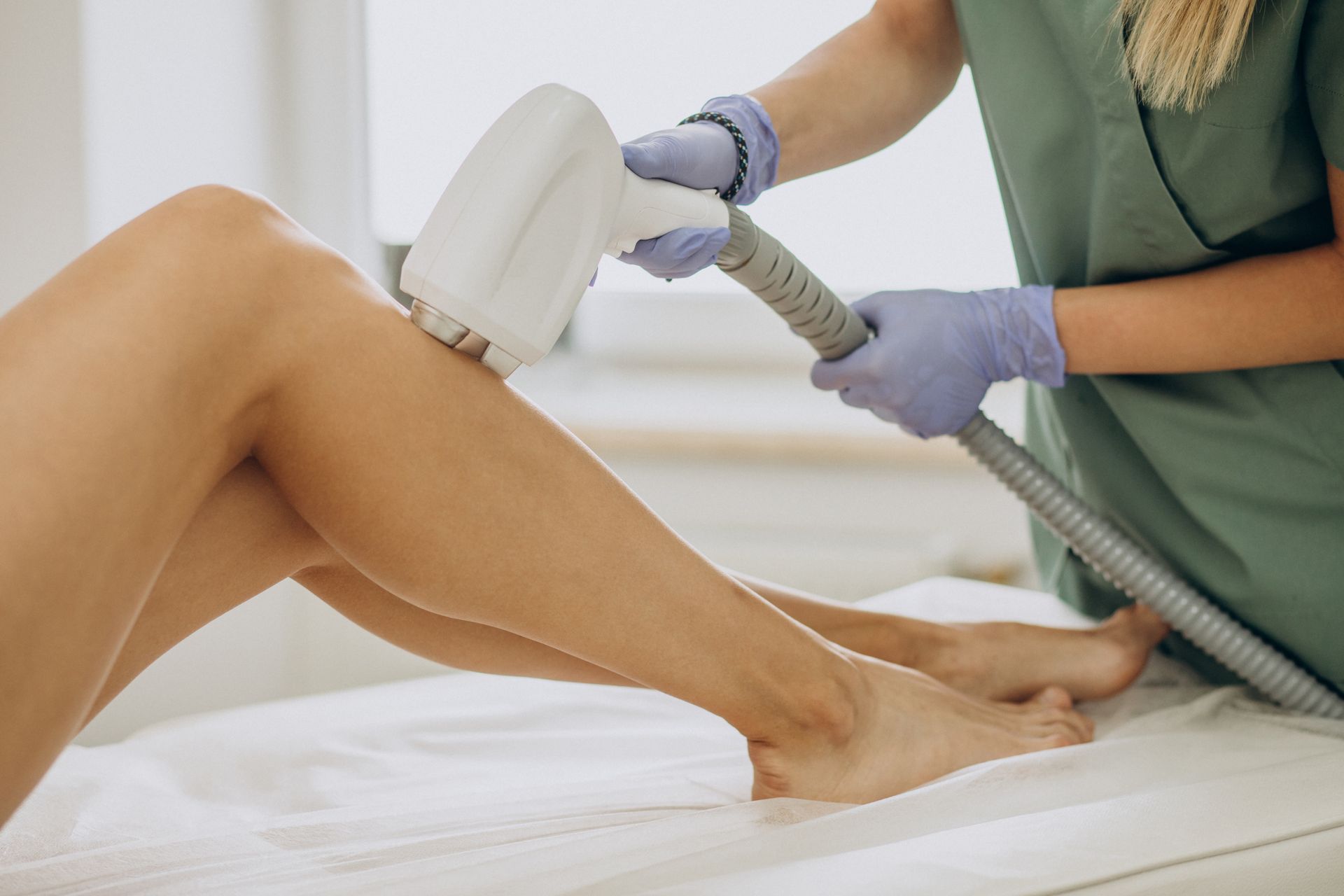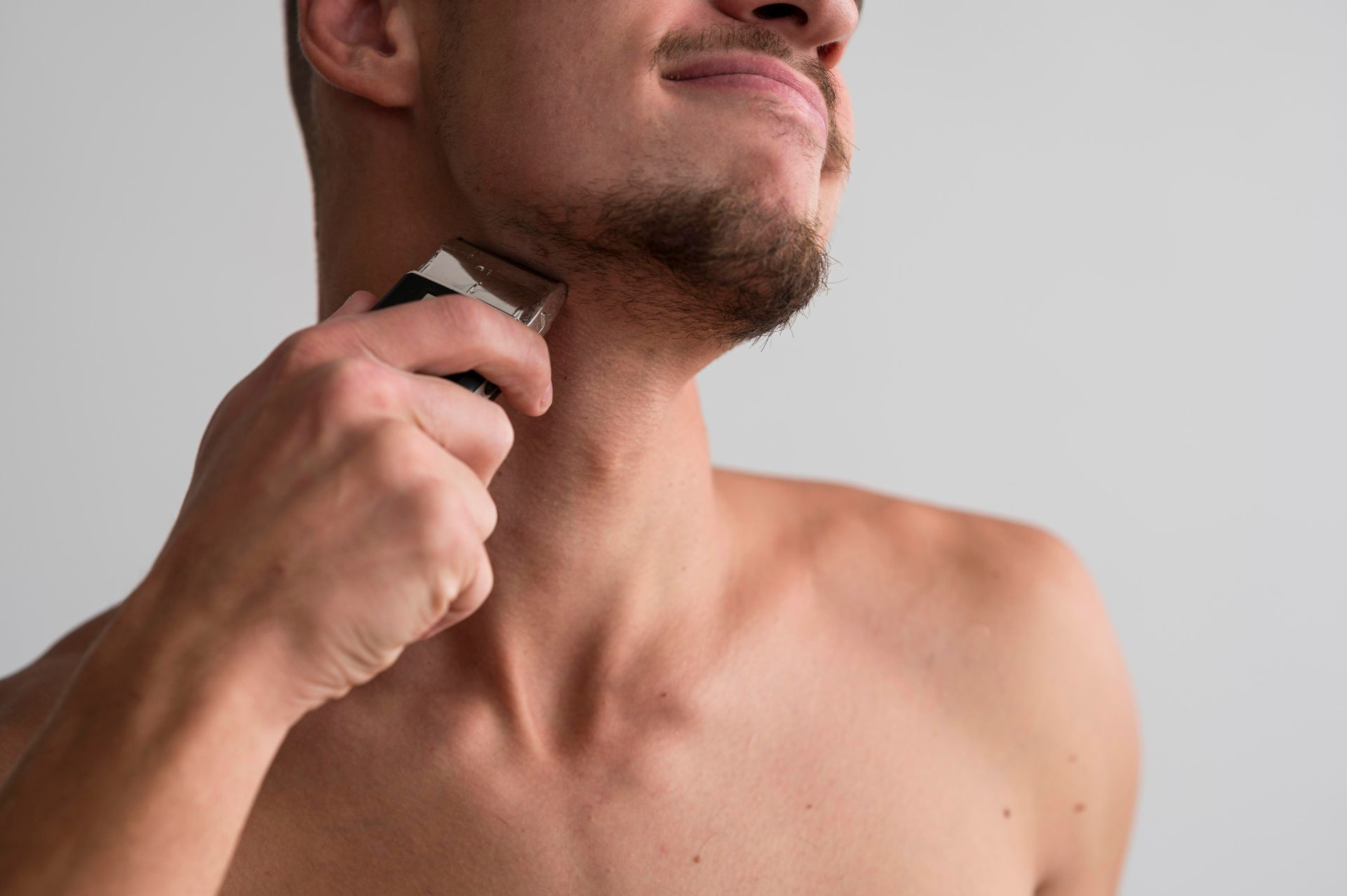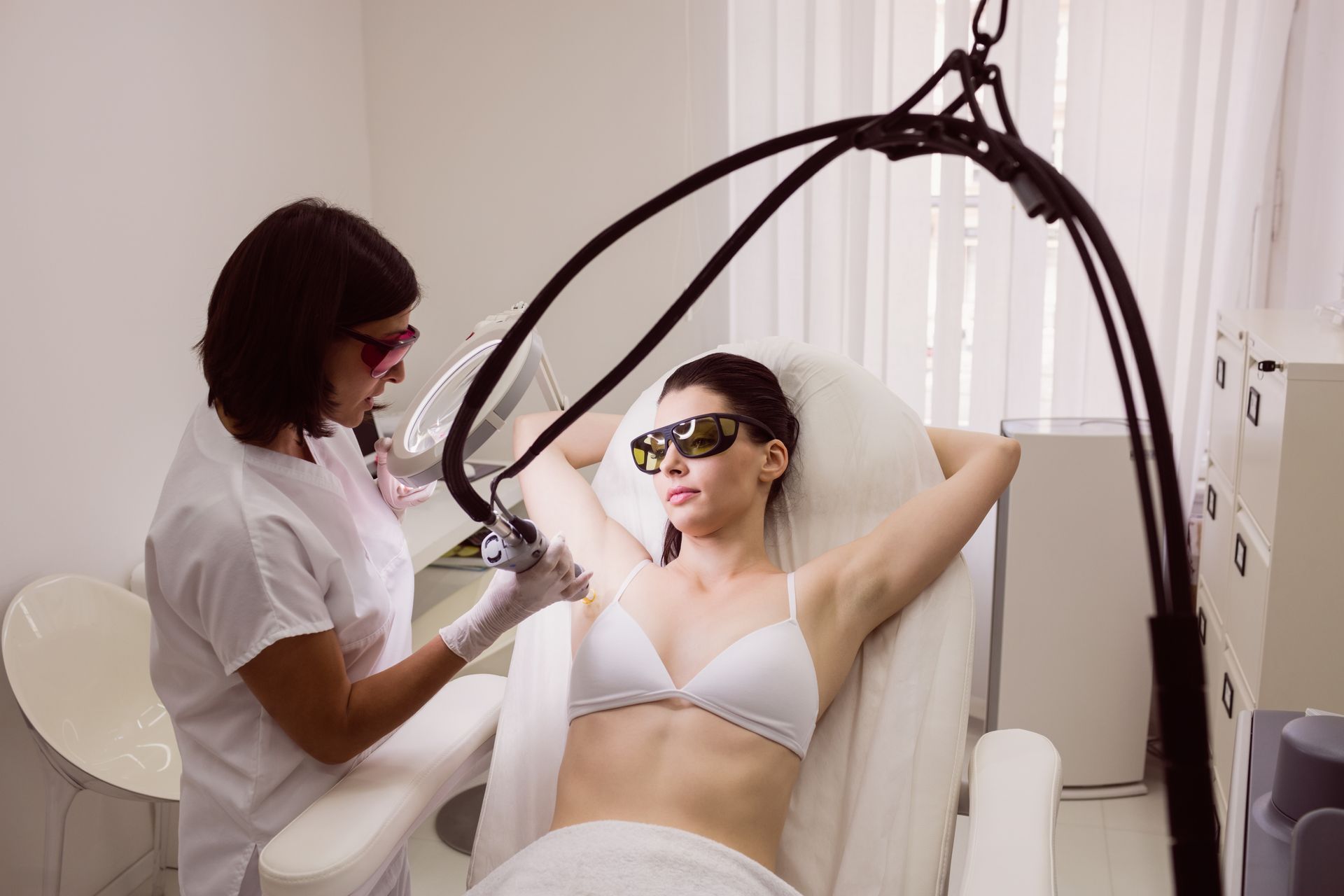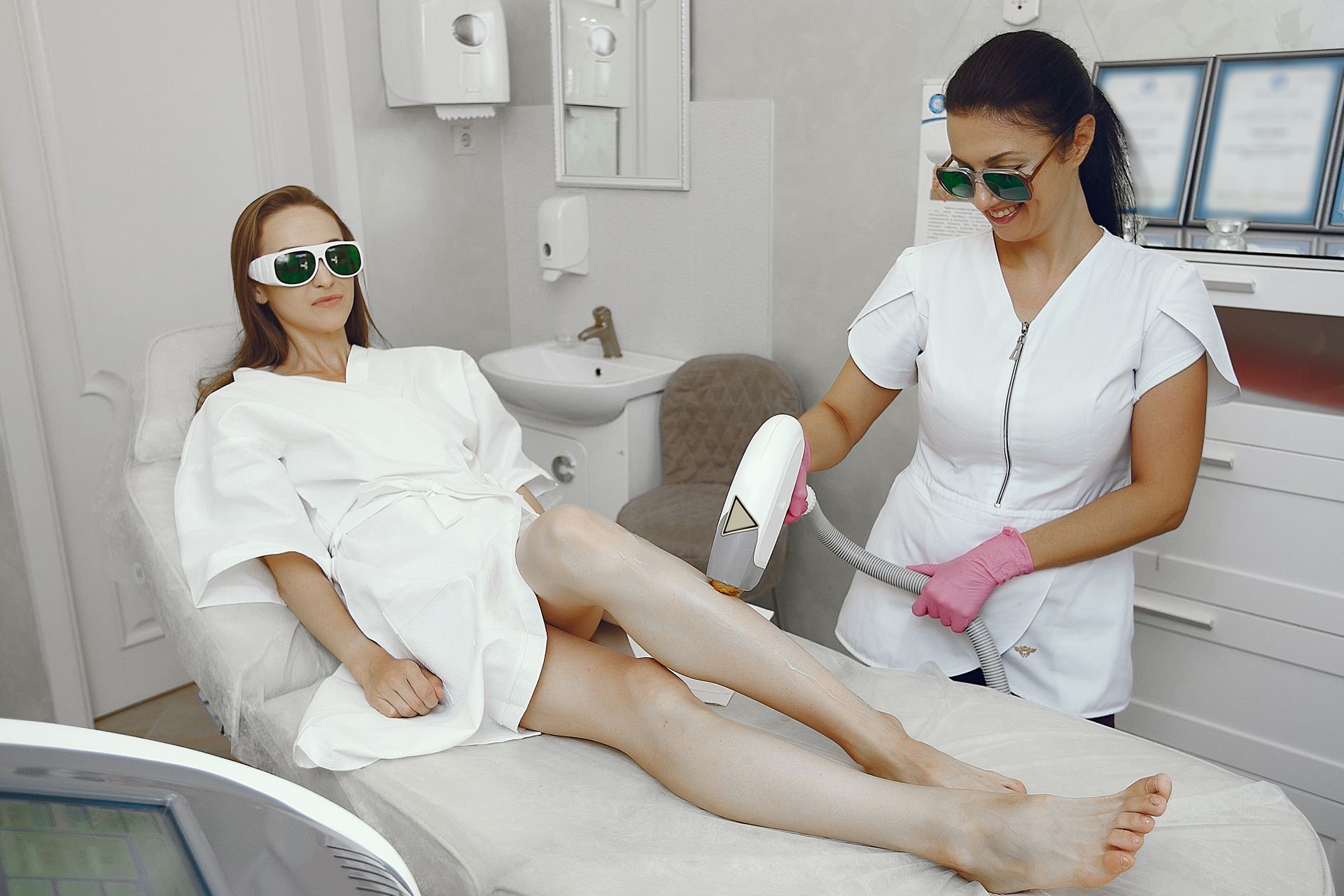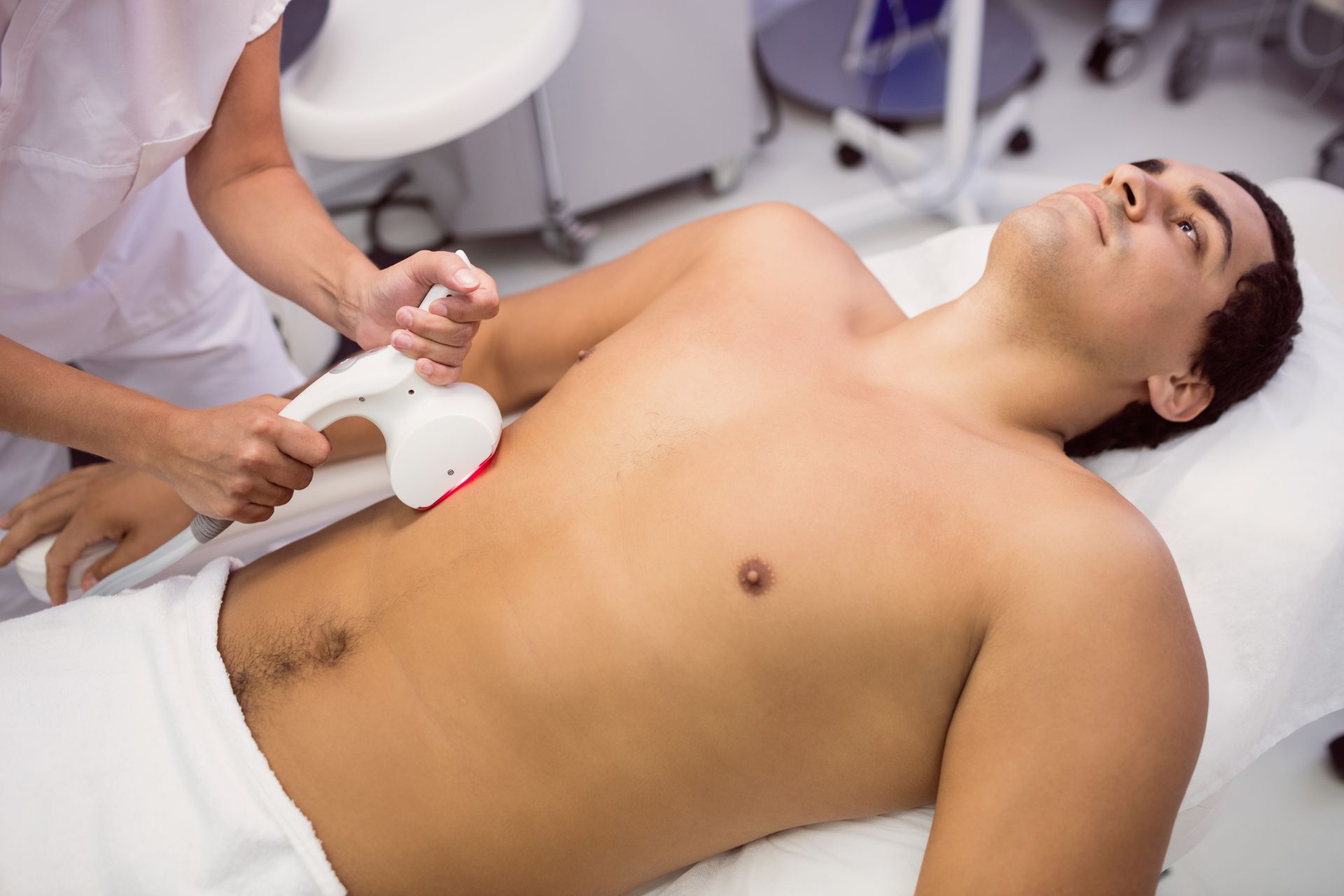Laser vs Waxing: What’s Better for Underarms?
When it comes to underarm hair removal, two of the most popular methods are laser hair removal and waxing. Both promise smooth, hair-free skin, but they work in completely different ways, with varying costs, pain levels, results, and maintenance. Choosing the right one depends on your pain tolerance, budget, lifestyle, and desired long-term results.
Let’s break it down in detail so you can decide which option works best for you.
How to Prepare for Your First Underarm Laser Session
How Each Method Works
Laser Hair Removal
Laser hair removal uses concentrated light to target the pigment (melanin) in your hair follicles. The heat from the laser damages the follicle, slowing down or permanently reducing future growth. Multiple sessions are needed, as hair grows in cycles.
Waxing
Waxing involves applying warm or cold wax to the skin and pulling it off quickly to remove hair from the root. It works instantly, but the results are temporary since the follicle remains intact and hair will grow back in a few weeks.
Pain Level
- Laser: Often described as a quick snapping or tingling sensation, similar to a rubber band snap. Many people find it less painful than waxing after the first few sessions, and numbing creams can help.
- Waxing: Usually more painful because hair is pulled out directly from the root along with a layer of skin cells. The pain can be sharp, especially in sensitive underarm skin, and is repeated every few weeks.
Cost Comparison
- Laser: Higher upfront cost (per session), but fewer sessions needed long-term. After the initial 6–8 sessions, you may only need yearly touch-ups.
- Waxing: Lower cost per session, but since you need it every 3–4 weeks, the expenses add up over time.
Example:
Laser may cost $150–$300 per session, but after a year, your hair growth can be reduced by up to 90%. Waxing may cost $20–$50 per session, but you’ll be paying for it indefinitely.
Time Commitment
- Laser: An underarm laser session typically takes 10–20 minutes, with 4–6 weeks between sessions.
- Waxing: The actual session takes 10–15 minutes, but you need to let hair grow out to at least ¼ inch before your next appointment, which means you can’t be hair-free all the time.
Longevity of Results
- Laser: Can offer permanent hair reduction after a complete treatment plan, with many people staying hair-free for months or years.
- Waxing: Results last around 3–4 weeks, and hair regrows at the same thickness.
Skin Sensitivity & Side Effects
- Laser: Temporary redness, mild swelling, or slight irritation for a few hours. Risk of pigmentation changes if aftercare isn’t followed.
- Waxing: Can cause redness, irritation, ingrown hairs, and in some cases, skin tearing—especially if the skin is not properly prepped.
Hair Type & Skin Tone Suitability
- Laser: Works best on dark hair with light skin, but newer laser technologies are effective for a wide range of skin tones. Not very effective on very light, red, or grey hair.
- Waxing: Works on any hair color and skin tone, making it universally accessible.
Hygiene & Ingrown Hair Risk
- Laser: Significantly reduces ingrown hairs over time because it destroys the follicle.
- Waxing: Can cause ingrown hairs if dead skin cells clog pores or if hair breaks under the skin instead of being pulled out cleanly.
What Not to Do Before and After Underarm Laser Hair Removal
Which One Should You Choose?
Choose Laser Hair Removal if you want:
- Long-term results
- Less maintenance over time
- Reduced ingrown hairs
- Willingness to invest more upfront
Choose Waxing if you want:
- A more affordable short-term option
- Instant smoothness without technology
- A method that works for all hair colors
Final Verdict
If your goal is permanent reduction and freedom from frequent appointments, laser hair removal is the clear winner for underarms. However, if you want a quick fix for a special occasion or aren’t ready for a bigger financial commitment, waxing is a tried-and-true method that works instantly.
BOOK YOUR FREE SESSION
